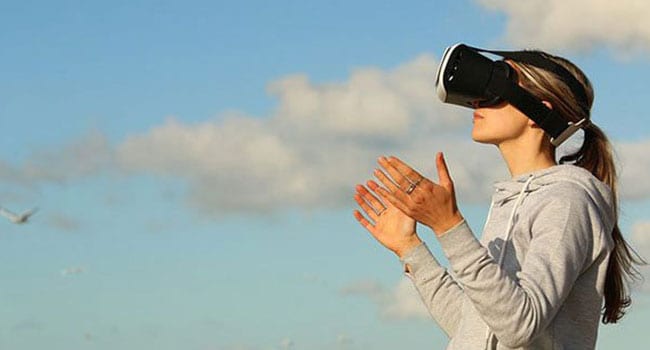A first-of-its-kind virtual reality tour of Canada’s oil and gas worksites will raise awareness about changes in the industry.
The Experience the Energy: Take the Tour platform is an initiative by the PetroLMI Division of Energy Safety Canada. It showcases the careers, the innovation and technologies that are transforming the energy industry.
“Over the past few months, PetroLMI has piloted this project at events across Canada and we’ve heard this new tool provides an authentic experience, unlike anything else out there,” Carol Howes, vice-president of Energy Safety Canada’s Communications and PetroLMI, said in a statement.
“You put on a headset and you are transported to seven different types of worksites. You experience everything from watching a smart pig detect the health of a pipeline to seeing the largest trucks in the world at work. It’s a cost-effective way to see, understand, and be a part of the industry.
“The release of this tool is one of a number of projects that PetroLMI has been working on to help provide workers with better information.”
PetroLMI said Canada’s evolving energy industry requires new skills and knowledge to support changes in technologies, and workers don’t have enough information about the shifting requirements, according to research conducted by PetroLMI. There are often mismatches between the skills that oil and gas companies are seeking and those that are available in the labour force.
It said the new initiative has been designed with Indigenous Peoples, youth, workers in transition and newcomers to Canada in mind.
PetroLMI said it plans to attend numerous events in the coming months to expose attendees to the new tool and has partnered with Inside Education and the Urban Society for Aboriginal Youth (USAY) to share the VR experience through schools and Indigenous communities.
“Using virtual reality as a learning and training tool is quickly becoming an area of focus. Some of the studies and data available suggests that you see improved training outcomes and reduced overall training time and costs,” said Murray Elliott, president and CEO of Energy Safety Canada. “As a health and safety authority, we are looking at how technologies like virtual reality can also assist in providing safety training to the oil and gas industry.”
The views, opinions and positions expressed by columnists and contributors are the author’s alone. They do not inherently or expressly reflect the views, opinions and/or positions of our publication.


